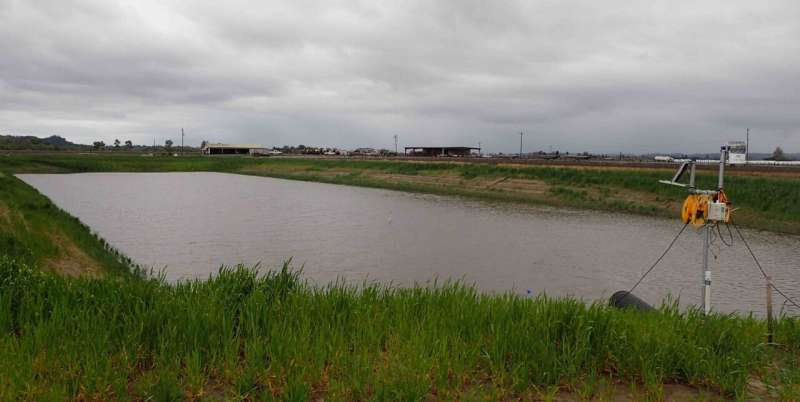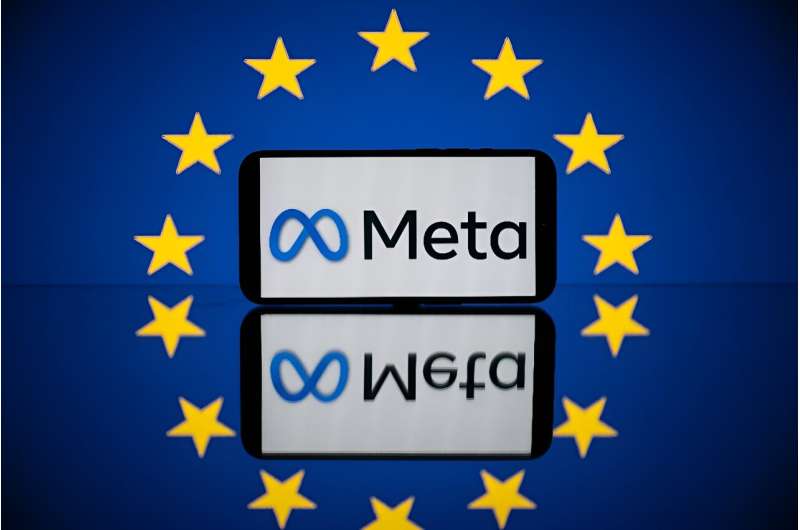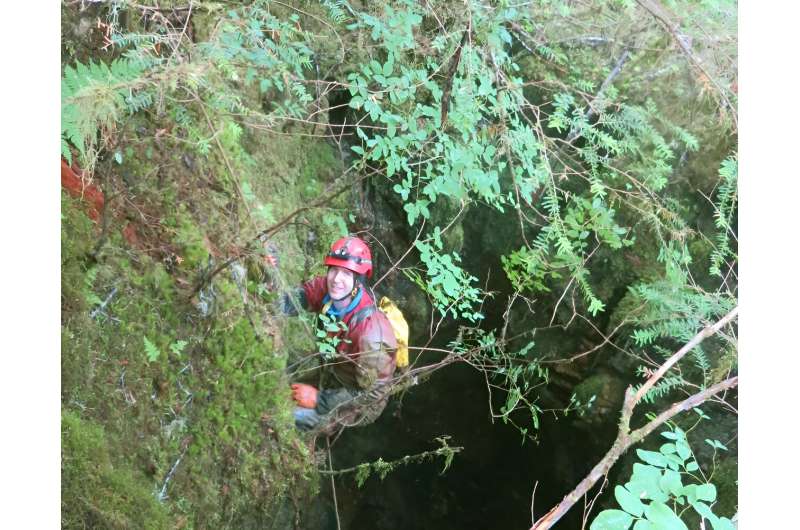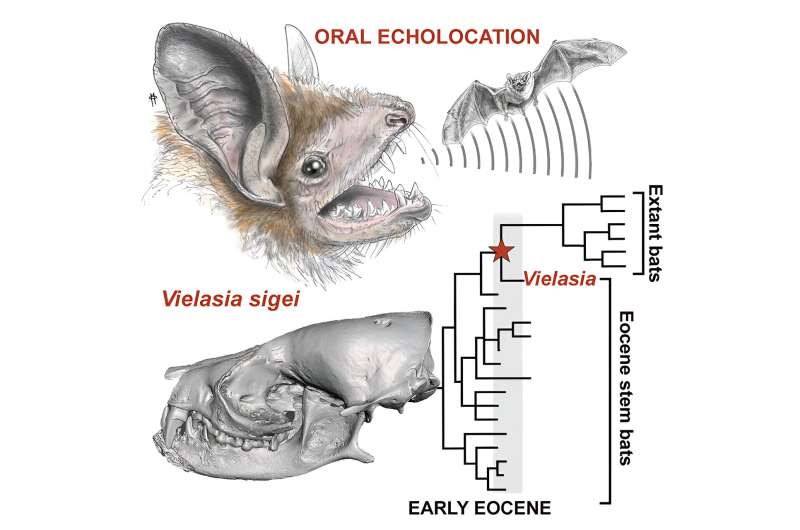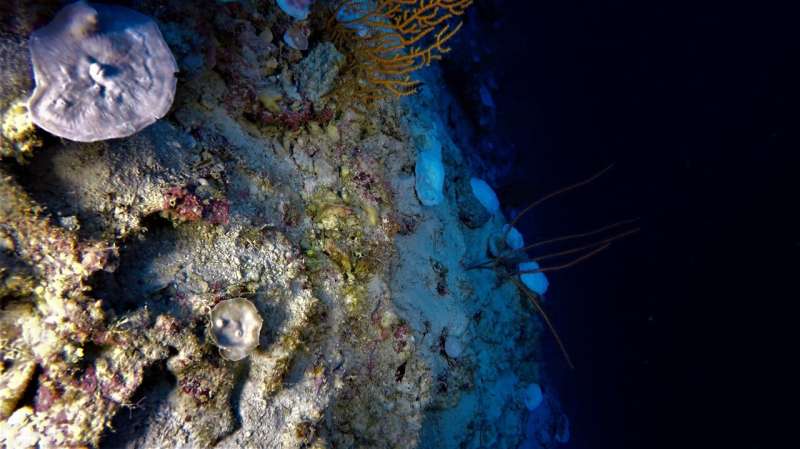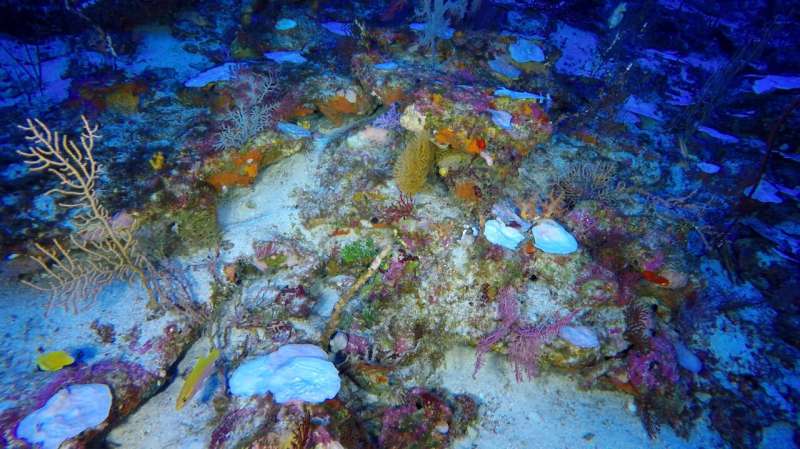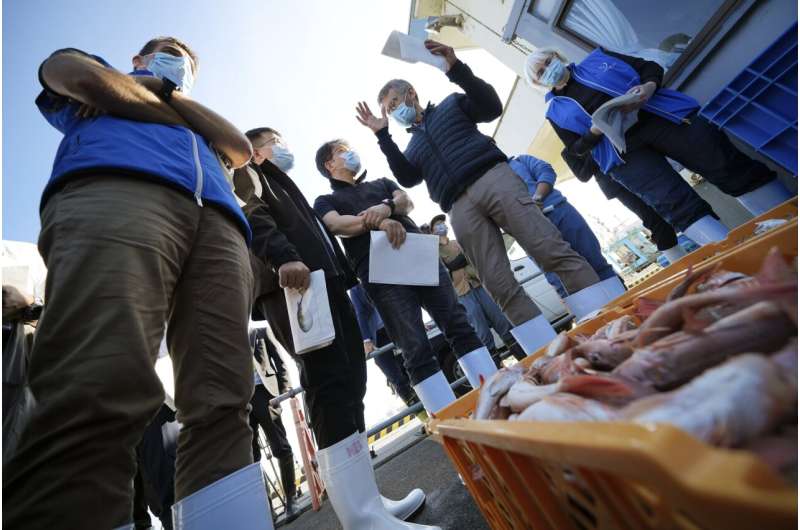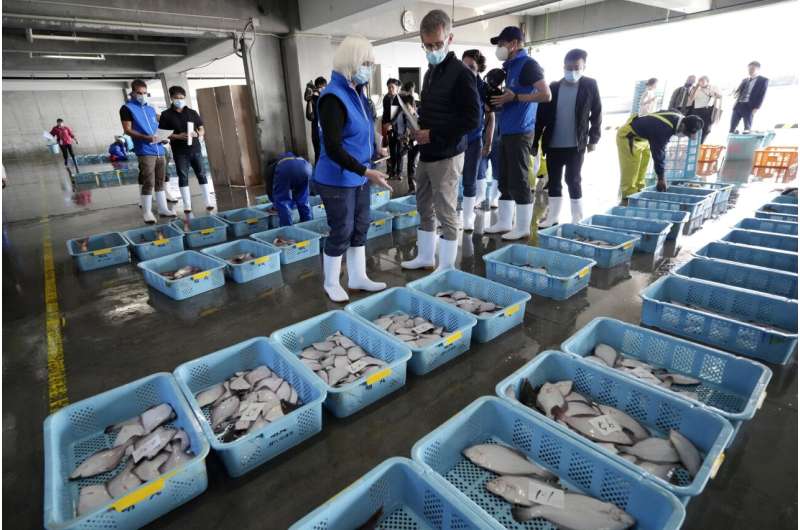ByAFP

Envrironmental groups once again have TotalEnergies in their sights over an African piopeline - Copyright AFP Munir UZ ZAMAN
Margaux BERGEY et Guillaume DAUDIN
Four environmental groups have taken legal action against French giant TotalEnergies on claims of “climaticide” over a controversial oil project in Tanzania and Uganda, their lawyers said Monday.
The groups — Darwin Climax Coalitions, Sea Shepherd France, Wild Legal and Stop EACOP-Stop Total — filed their action on September 22, saying that TotalEnergies “must no longer continue to knowingly, freely and with impunity fuel climate change”, lawyers William Bourdon and Vincent Brengarth said.
“It is time to hold the company responsible for its activities,” they said, adding that the court action is unprecedented by seeking a criminal Judgment “for facts resembling a climaticide, which until now had their place only before civil courts”.
The groups say that with its East African Crude Oil Pipeline (EACOP), TotalEnergies is liable for charges including destruction, damage or deterioration of property belonging to others likely to create a danger to persons, and failing to deal with a disaster.
Human Rights Watch (HRW) in July urged a halt to the project after TotalEnergies and the China National Offshore Oil Corporation last year signed a $10 billion deal to develop Ugandan oilfields and ship crude through a 1,445-kilometre (900-mile) pipeline to Tanzania’s Indian Ocean port of Tanga.
Rights activists and environmental groups have slammed a deal that has also faced criticism in the European Parliament.
TotalEnergies says an estimated 100,000 people displaced by the project have been fairly compensated, and measures have been taken to protect the environment.
The project involves drilling around 400 oil wells in Murchison Falls Nature Park, a biodiversity reserve and Uganda’s largest national park.
The company said Monday that it was unaware of the latest legal action and what it hoped to achieve, telling AFP that it “conducts operations in accordance with its operating standards and with laws and regulations”.
A French civil court earlier this year dismissed on procedural grounds a landmark case against the firm over the project after several NGOs filed a suit seeking to suspend it.
Ugandan President Yoweri Museveni has vowed to proceed, syaing the landlocked poverty-riven country will enjoy an economic boost from the project.
In the latest allegations, the associations say the pipeline would entail “a major impoverishment of local populations” and severely impact the local environment.
French NGO Les Amis de la Terre launched a first judicial broadside against the project in 2019.
Saying that the pipeline did not respect the 2015 Paris accord on cutting global carbon emissions, the lawyers in the latest case warned of “chaos” resulting from rising temperatures if such projects went ahead.
They urged French authorities to “force TotalEnergies to radically change its investment strategy to drastically reduce fossil investments and massively develop renewable energies”.


